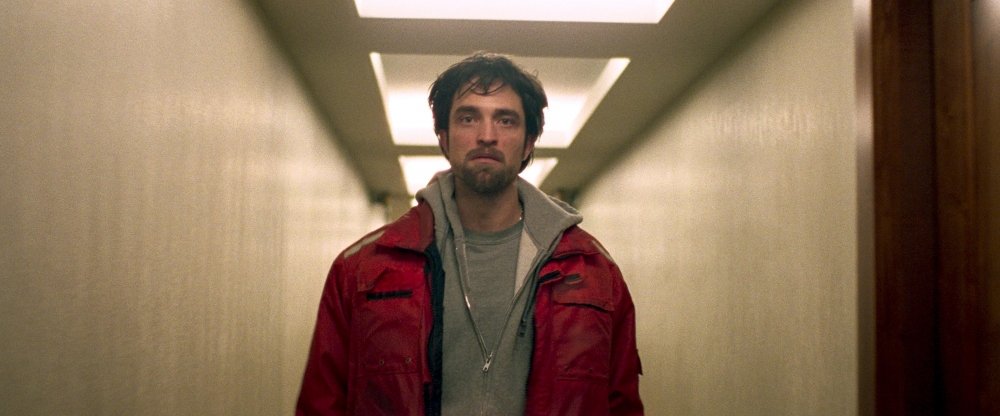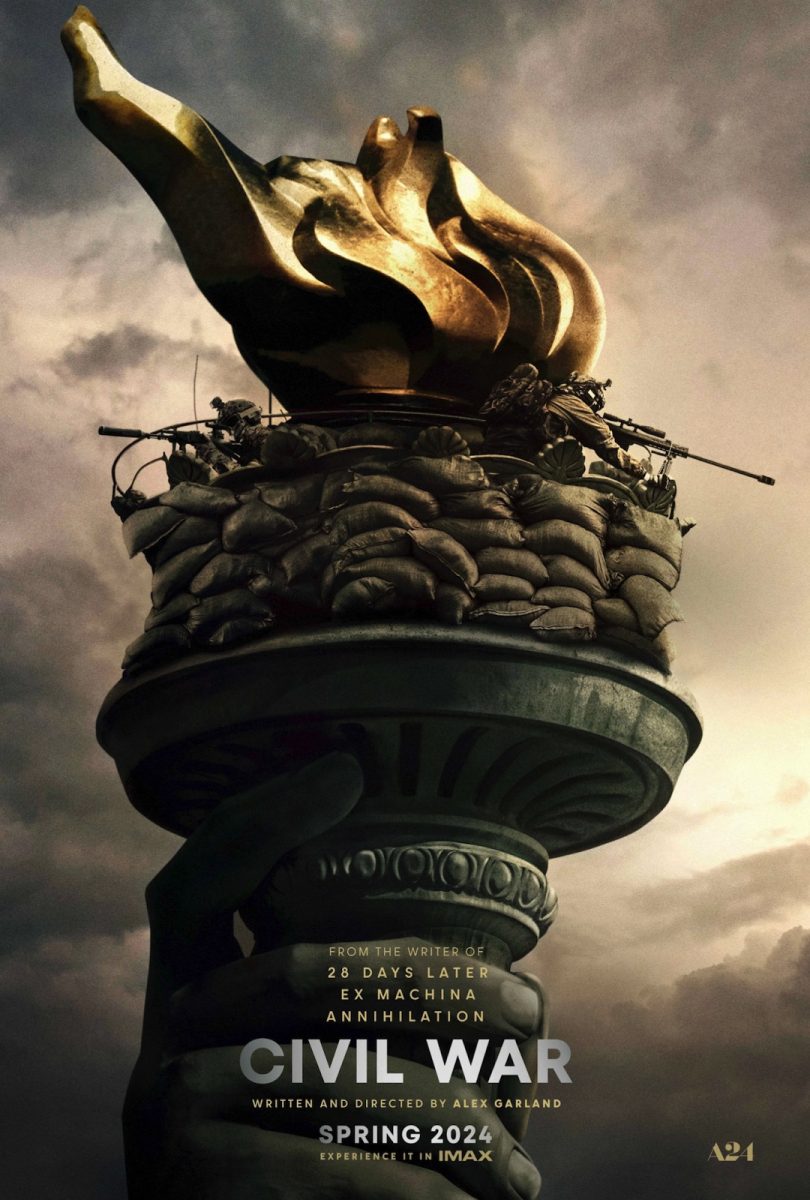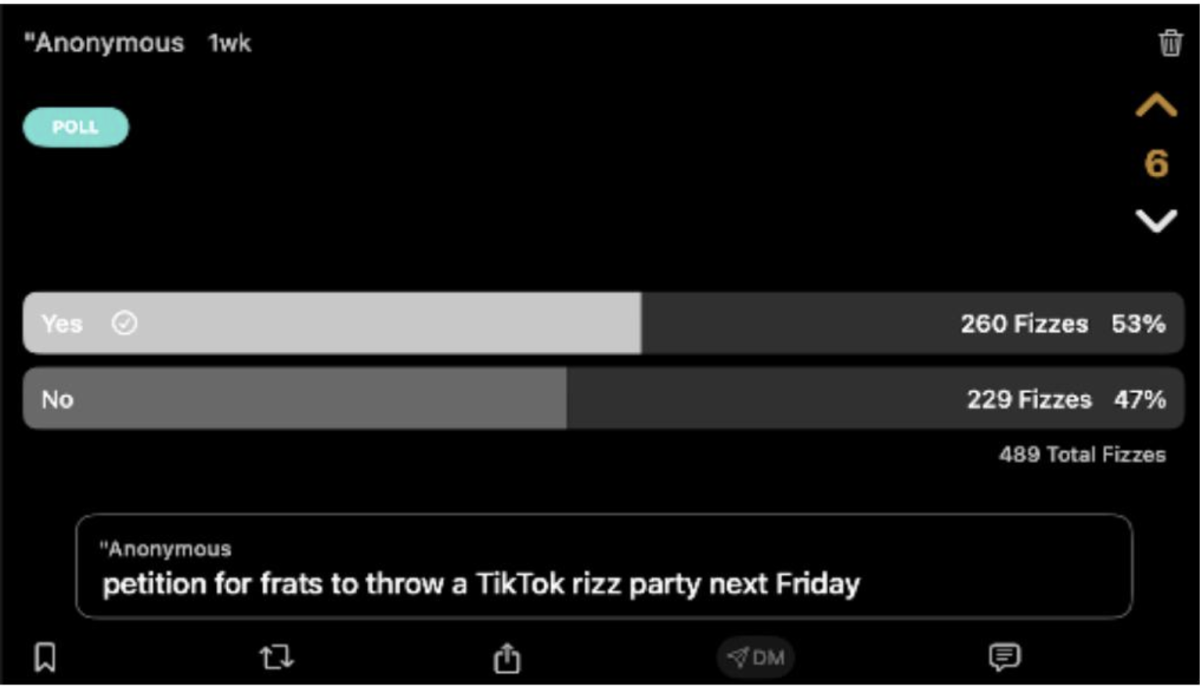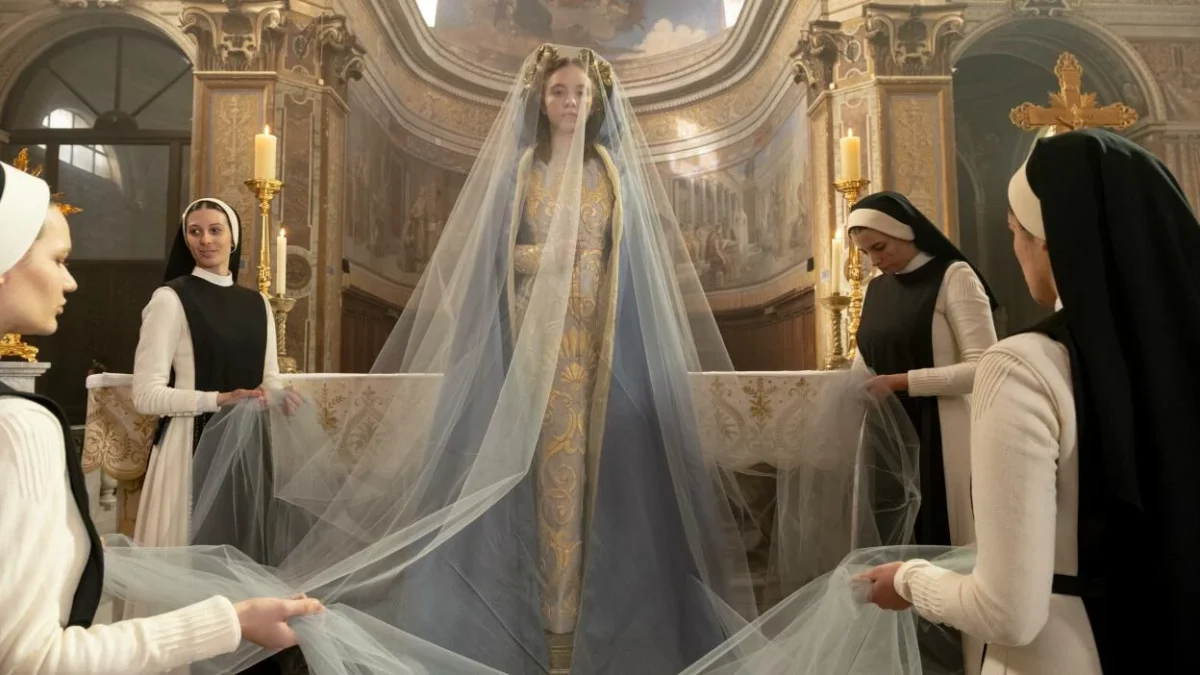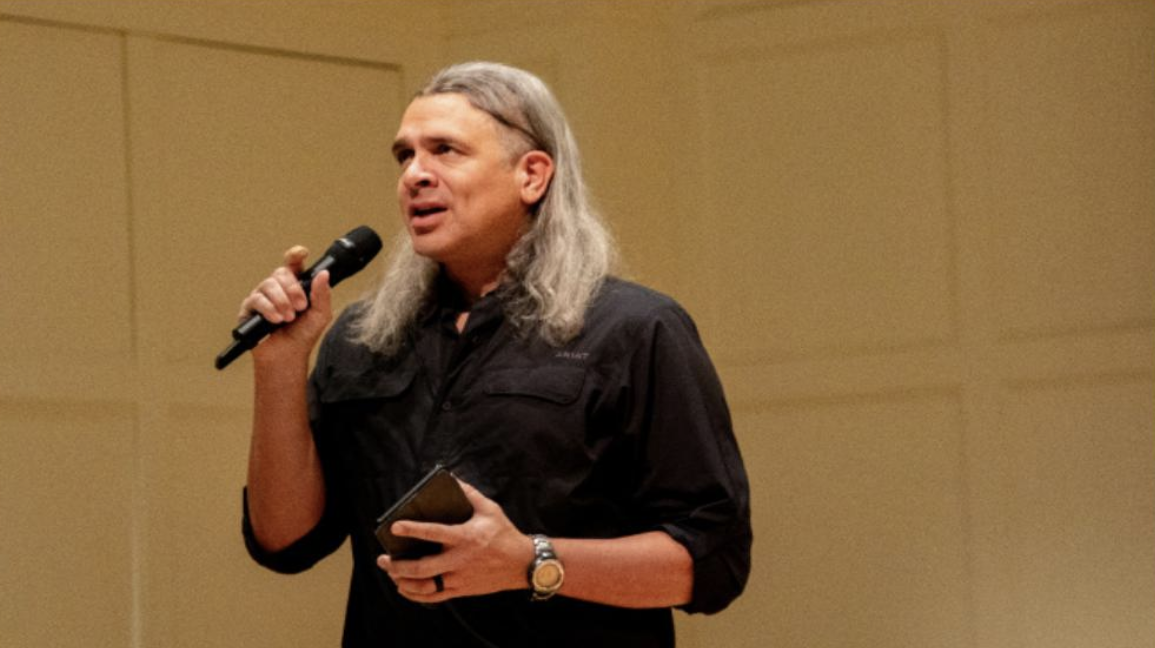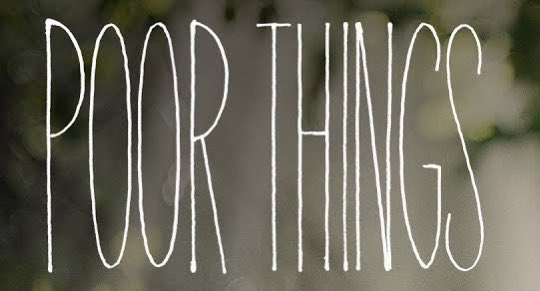We are all familiar with Robert Pattinson, the golden-eyed heartthrob who brought every teenage girl’s celebrity obsession to a fever pitch.
But Twilight, the 2008 movie based on Stephanie Meyer’s novel, lumped Pattinson into a certain category, one where many young stars go to live out their careers in pretty boy oblivion, yet also where their seriousness as an actor is never questioned, because is it never asked for.
Since then, Pattinson has been trying to claw his way out of this archetype. He has taken lesser-grossing roles with director’s like David Cronenberg and James Gray in an attempt to restore faith in his actual acting ability. And it’s beginning to work. Pattinson stars in the new Safdie brothers film Good Time as Connie, a seedy, jittery, smooth-talking criminal who lives in the underworld of New York City. Connie has a brother, Nick, who is “mentally handicapped.” He is Nick’s quasi-caretaker, vested with touching emotional and familial piety. But he is dubious of his brother’s psychiatrist, as well as the sort of glancing healthcare Nick seems to receive. In the film’s opening scene, Connie bursts in on Nick’s session with his therapist, an establishing tableau that is a window into Connie’s loving attitude toward his brother; however it is impudent and unconventional.
The plot itself is not an unusual one. The two brothers rob banks — or rather, Connie robs banks — or rather, Connie is a low-level criminal who just happens to be filling his money-void by robbing a bank. The point is, there’s nothing elaborate about Connie’s schemes. He is the sort of fait accompli illegal operator many viewers are accustomed to in film — and in life, unfortunately. But the bank robbery that takes place at the beginning is botched. After Connie and Nick steal the money, the brothers are walking, heads down, through the city and a cop pulls up. He asks where they are going. Nick, skittish and scared, runs. Connie eventually gets away, but Nick unwittingly sprints through a plate glass window and is arrested, unconscious and bleeding.
The rest of the film is dedicated to Connie’s adventure through the underworld of New York City to obtain bond money for his brother. Connie solicits money from what seems to be an ex-girlfriend/really close friend who typically doesn’t seem to know the difference, and is quite unhinged. She is played by Jennifer Jason Leigh, who injects the character with glorious insanity.
Among other things, Connie also has a disastrous hospital visit, and an amusement park debacle, all ending up in something that must be seen to be believed.
While the plot of the film is somewhat conventional, there is a visual current the film rides that makes it a really enjoyable aesthetic experience. It is as if the Safdie’s took the cinematography of a movie like La La Land, or the calmer version of color in the final fireworks scene in Blowout, and instead of mimicking their conviviality and saturation, simply flipped them over and used their seedy, neon underbelly. There is plenty of darkness, plenty of color reflection on the actor’s faces, that makes the film low-lit, kinetic, and, in a perverse way, quite beautiful. It is a film at once jittery and in-constant-motion, while also inhabiting a sort of nocturnal schizophrenia, a meth-addict’s darting dream. I believe this is what the two Safdie brothers were looking for, to portray the real gestalt of New York’s teeming, nutty (but nonetheless real) underworld. Growing up in both Queens and Manhattan, the Safdies are familiar with the undergirding of the New York scene, filled with drugs and petty crime that is pulled together by near-farcical criminal personas.
Pattinson himself looks nothing like anything I’ve ever seen him in. He is shaggy-haired, bug-eyed, and extremely affecting — nothing like his robotic, narcotized vampire roles of movies past. He is a criminal in the tradition of Lumet’s Pacino in Dog Day Afternoon: frenetic, passionate and somewhat clumsy in his efforts. He is the guy who, during the entire heist, is shouting letsgo-letsgo-letsgo!, eyes whizzing like flies.
Pattinson is quick-witted, smart and also highly likeable. Nick is played by Benny Safdie, who brings the appropriate misanthropic sadness only someone acting handicapped can. His performance is as understatedly powerful as Pattinson’s extroversion is impressive.
Good Time is a movie you have seen before. A bank robbery predicament and various relationship crises all wrapped in a titillating drama. But the Safdie brothers do something with this film I haven’t seen before. They paint a picture of the destruction of the lower-middle class that is powerfully realistic and moving in its aesthetic.
You are constantly anticipating, with a pit in your stomach, the next ill-conceived plot Connie is going to try to execute. And you are carried along by the close-cropped camera work, overhead tracking shots and neon beauty of the Safdie lighting and cinematography. If you like conventional stories with artistic triumph and compositional deviation, Good Time is a must. Conversely, if you just want to see what your teenage heartthrob is up to, that’s OK, too. Either way, get to a theater and enjoy the maddeningly enjoyable entropy that is Good Time.

